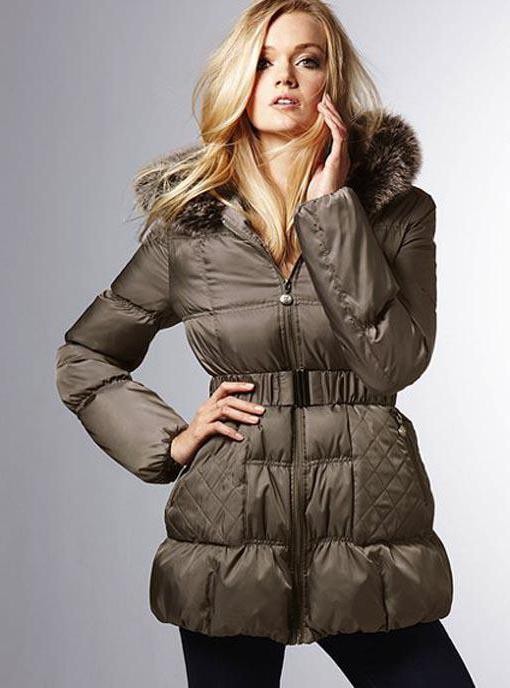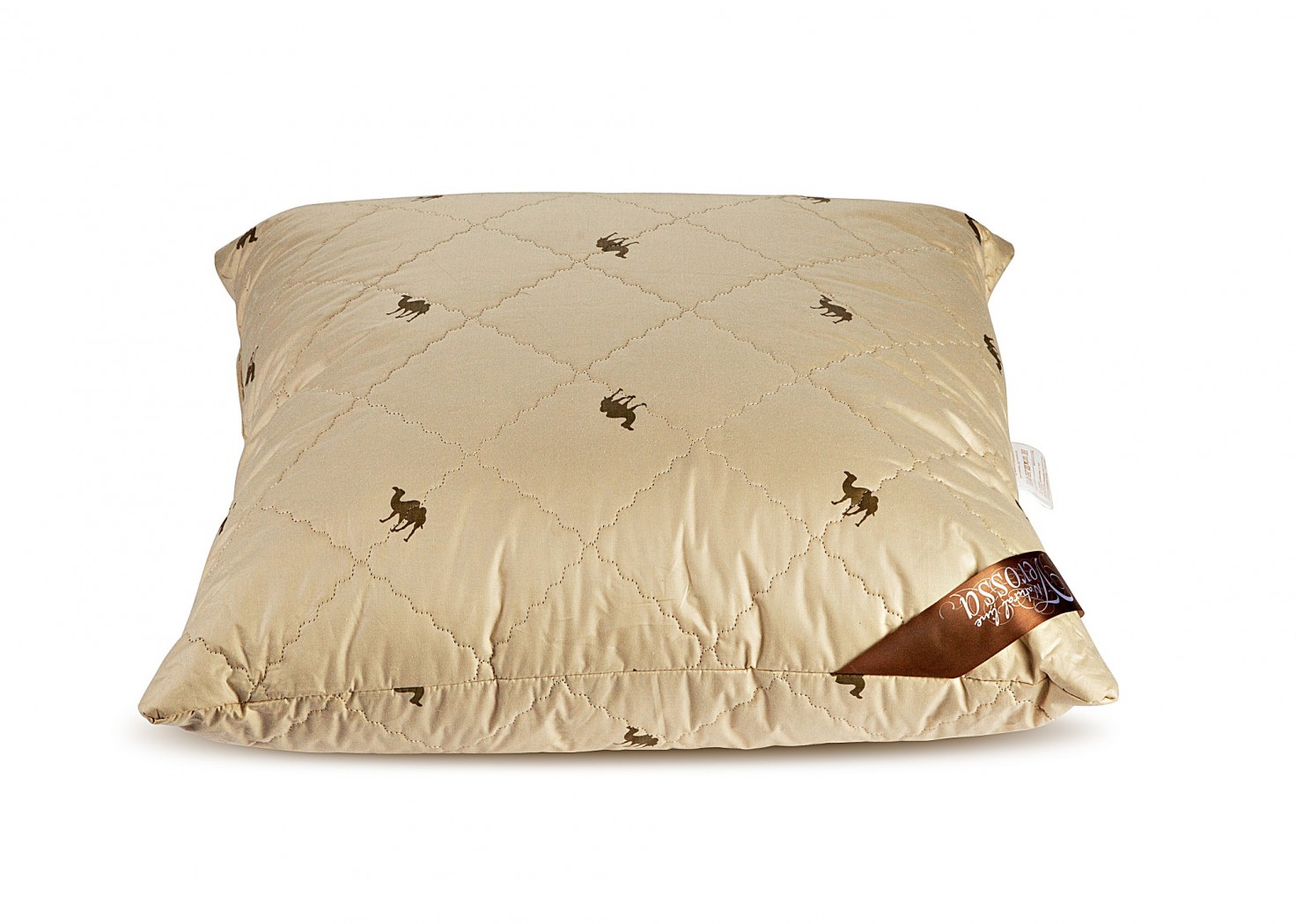 Natural fiber has long proven itself well as a filler for outerwear. Down jackets with similar filling have proven to be an excellent alternative to their synthetic and semi-synthetic counterparts, which they continue to actively displace from wardrobes. To a large extent, this is facilitated by the fact that the designers managed to find a compromise between convenience and attractiveness in the form of fashionable and warm down jackets, equalizing stylish appearance and comfort.
Natural fiber has long proven itself well as a filler for outerwear. Down jackets with similar filling have proven to be an excellent alternative to their synthetic and semi-synthetic counterparts, which they continue to actively displace from wardrobes. To a large extent, this is facilitated by the fact that the designers managed to find a compromise between convenience and attractiveness in the form of fashionable and warm down jackets, equalizing stylish appearance and comfort.
Camel wool: pros and cons
This filler is the undercoat of camels (mostly the wool of Bactrian camels is used). It is 2 times lighter than sheep wool and much stronger.
 Thanks to the unique structure of the hairs, this natural insulation protects against both low and extremely high temperatures. Moreover, he also It also has medicinal properties:
Thanks to the unique structure of the hairs, this natural insulation protects against both low and extremely high temperatures. Moreover, he also It also has medicinal properties:
- reduces inflammation;
- reduces the influence of electromagnetic waves;
- has a beneficial effect on the skin;
- an excellent means of preventing radiculitis, rheumatism and osteochondrosis;
- Lanolin (animal wax) included in the composition improves the condition of muscles and joints.
 The disadvantages include high cost (this especially applies to products made from the undercoat of young animals), the causticity of some products, which is a significant disadvantage for people with sensitive skin. In addition, blankets, pillows and down jackets with similar filling sometimes cause an allergic reaction (mainly in people who have bronchial asthma or suffer from an allergic reaction to the hair of cats and dogs).
The disadvantages include high cost (this especially applies to products made from the undercoat of young animals), the causticity of some products, which is a significant disadvantage for people with sensitive skin. In addition, blankets, pillows and down jackets with similar filling sometimes cause an allergic reaction (mainly in people who have bronchial asthma or suffer from an allergic reaction to the hair of cats and dogs).
Camel wool is an excellent filler for down jackets, pillows, blankets, etc.
Camel hair as a filler for down jackets has a number of certain positive qualities and disadvantages. Down jackets with similar filling are quite light, but at the same time quite warm. Such products are affordable and last a long time. The disadvantages include the fact that camel down jackets are noticeably blown out in strong winds and are not very convenient to wash.
 Pillows made from this wool They have good elasticity and perfectly retain their shape, which allows you to securely fix the head and cervical vertebrae during sleep.
Pillows made from this wool They have good elasticity and perfectly retain their shape, which allows you to securely fix the head and cervical vertebrae during sleep.
 Camel wool is rightfully recognized as the warmest raw material for wool blankets. Products with such filling are an excellent solution for ensuring a comfortable and healthy sleep. The average lifespan of this type of blanket is about 9-15 years.
Camel wool is rightfully recognized as the warmest raw material for wool blankets. Products with such filling are an excellent solution for ensuring a comfortable and healthy sleep. The average lifespan of this type of blanket is about 9-15 years.
Important! Such a blanket must be protected from dust mites and moths.
 A blanket with a thermally bonded (thermofixed) filling is a homogeneous fabric.During the process of forming the canvas, the wool is passed through a hot roller, where it is glued together using synthetic fiber. The percentage of camel hair in such a filler is directly proportional to the cost of the product.
A blanket with a thermally bonded (thermofixed) filling is a homogeneous fabric.During the process of forming the canvas, the wool is passed through a hot roller, where it is glued together using synthetic fiber. The percentage of camel hair in such a filler is directly proportional to the cost of the product.
Product care tips
Outerwear with such filling should always be thoroughly dried. The best storage option is on a hanger away from heating devices.
Advice! It is not recommended to hang one product on another.
 General recommendations for washing such items:
General recommendations for washing such items:
- the temperature should not be higher than 30 degrees;
- It is necessary to use only the delicate machine wash cycle (hand wash is ideal);
- the maximum permissible number of revolutions is no more than 600 (when washing by hand, the product should not be twisted too much).
 A blanket made of camel wool should be ventilated in the fresh air 2 times a year, while protecting it from direct sunlight.
A blanket made of camel wool should be ventilated in the fresh air 2 times a year, while protecting it from direct sunlight.
Important! Violation of recommendations for the care of things of this kind can cause a deterioration in their appearance, a decrease in functional properties, and even damage.
 Camel wool has many advantages and is widely used in the textile industry. In order for products with such a filler to bring only benefits, it is recommended to purchase only high-quality products, and also make sure that there is no increased sensitivity to the fibers of the material.
Camel wool has many advantages and is widely used in the textile industry. In order for products with such a filler to bring only benefits, it is recommended to purchase only high-quality products, and also make sure that there is no increased sensitivity to the fibers of the material.


 0
0





